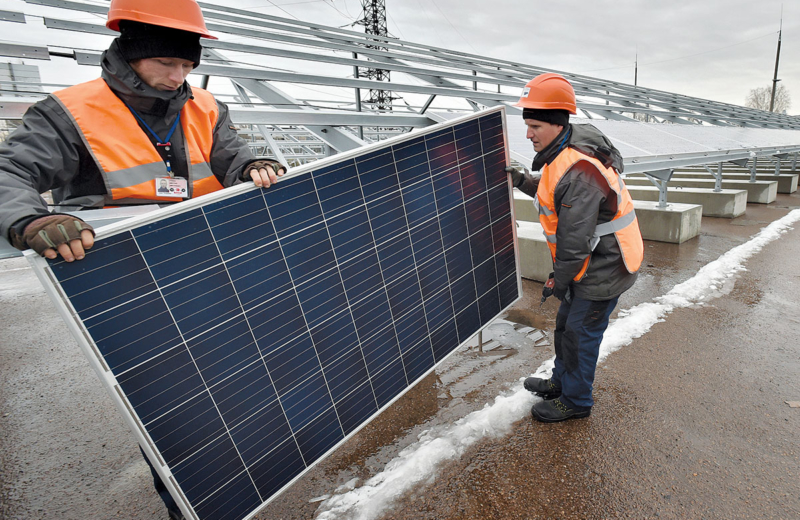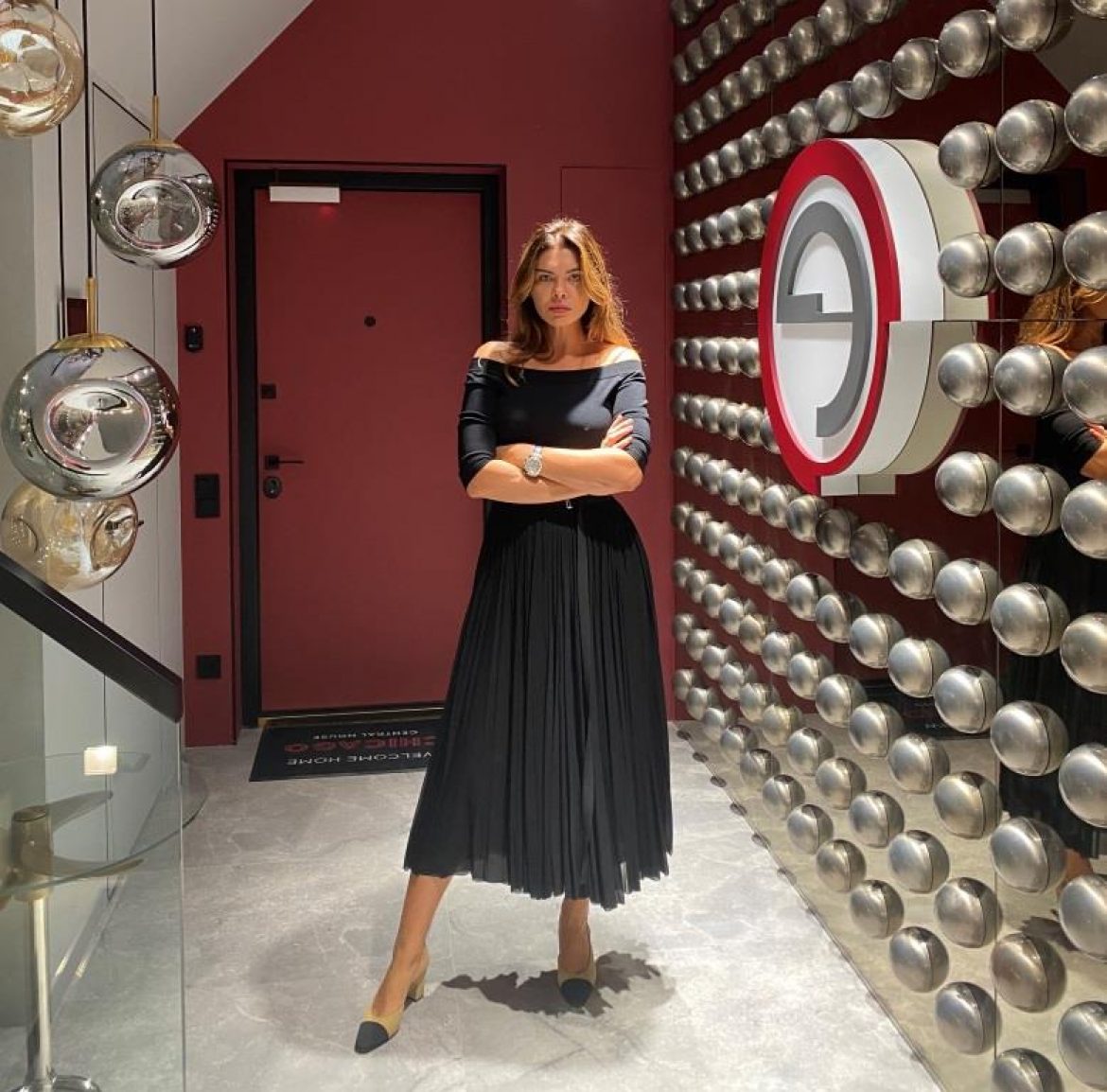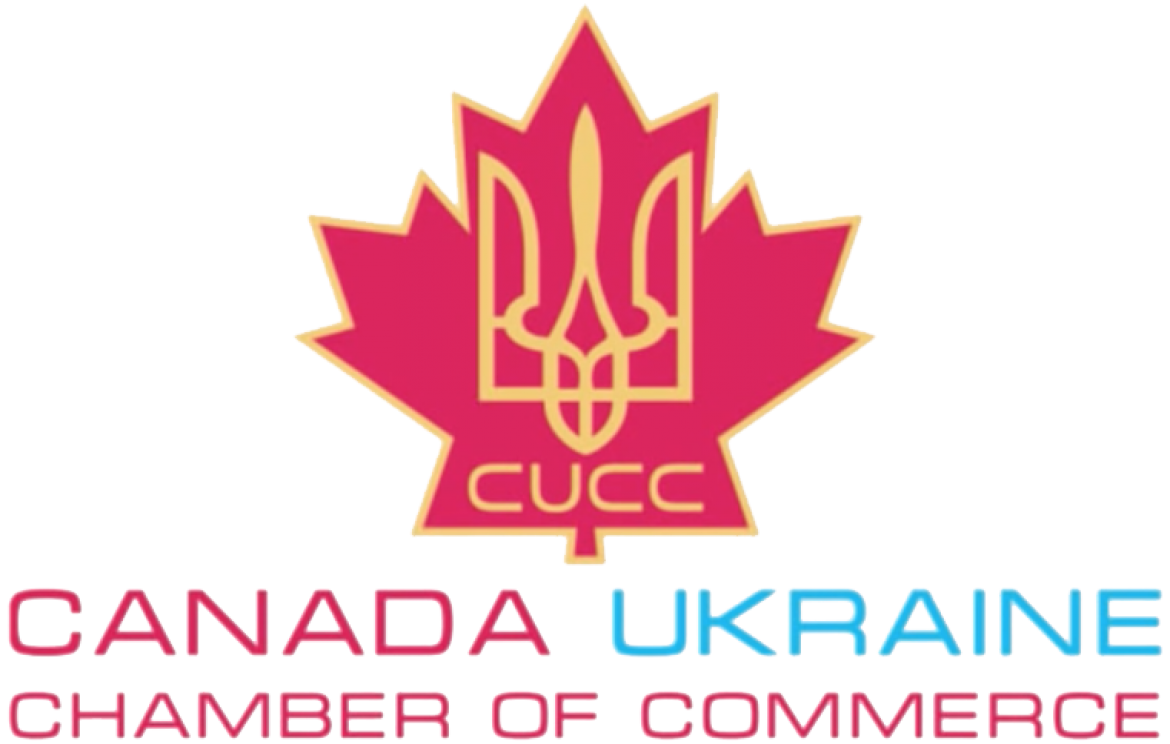By Bermet Talant
Here are the Kyiv Post’s picks for some of the most exciting deals and events coming in the first half of 2018:
4G spectrum auction
The faster 4G — a dream for Ukrainian mobile operators and their customers — may soon come true. The state regulator finally set the date for the auction on the 1800 MHz spectrum, which includes the frequency ranges between 1710–1785 MHz and 1805–1880 MHz. The auction is scheduled for Feb. 26.
Ukraine launched 3G only three years, more than a decade behind European Union countries. But local providers — Kyivstar, lifecell, and Vodafone — are ready to roll out 4G.
New link with Europe
The Beskydy railway tunnel connecting Ukraine with Europe will be open in May, Ukraine state railway company Ukrzaliznytsya announced. The 1,822-meter long tunnel is a section of the fifth Pan-European transport corridor connecting western Ukraine with Italy, Slovenia, Hungary and Slovakia. It will boost Ukraine’s trade capacity with the European Union.
New fashion brands
The first store of long-awaited Swedish retailer H&M will open in Kyiv’s Lavina Mall in spring. Leading Turkish retailer DeFacto plans to enter the Ukrainian market with a store in Odesa’s Riviera mall, company vice president Serdar Ersoy told the Retailers Association of Ukraine.
Chornobyl solar plant
The first solar power plant in Chornobyl exclusion zone is being prepared for launch within weeks, Yevgen Varyagin, the head of the Ukrainian-German company Solar Chernobyl, told Agence-France Presse. Located 100 meters away from the new Safe Confinement, installed in 2016, a one-megawatt power plant with about 3,800 photovoltaic solar panels can cover needs of about 2,000 households. Chornobyl zone’s state administration received 60 proposals from foreign companies including Chinese, Danish and American interested in solar developments in the exclusion zone
More flights
A new Ukrainian budget airline SkyUp will start flying in April. The company promises affordable charter flights from four Ukrainian cities to 16 foreign destinations in Turkey, the United Arab Emirates, Spain, Italy, Egypt, Albania, Bulgaria and Cyprus.
In addition, Bulgaria Air launches a direct flight Kyiv – Sofia in February, and Air Malta will start flying to four Ukrainian cities in April. And a Hungarian low-cost airline Wizz Air keeps expanding its presence in Ukraine, adding Kharkiv to its list. The company also announced two new flights from Lviv to Dortmund starting from March 26 and to London’s Luton airport from May 1.
Privatization start
Sumy-based chemical producing plant Sumykhimprom will be put on sale in February for Hr 248.8 million ($8.7 million). Although 99.99 percent of the plant belongs to the Ukrainian government, it is de facto controlled by oligarch Dmytro Firtash’s companies, according to a Radio Free Europe/Radio Liberty investigation. In total, the State Property Fund plans to sell its stakes in some 100 enterprises for Hr 22.5 billion, or $773 million, this year.




